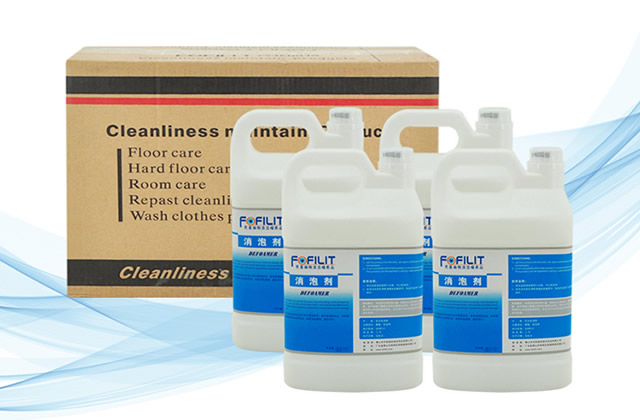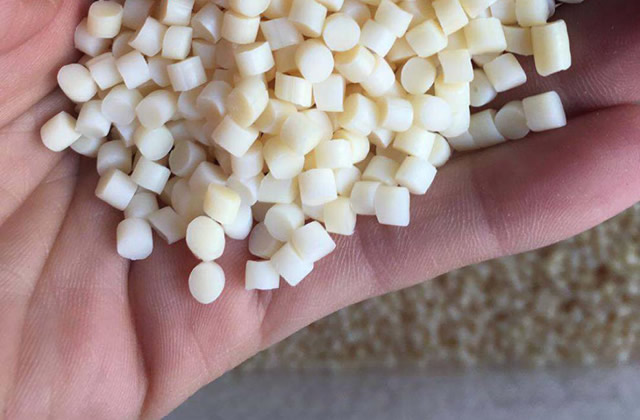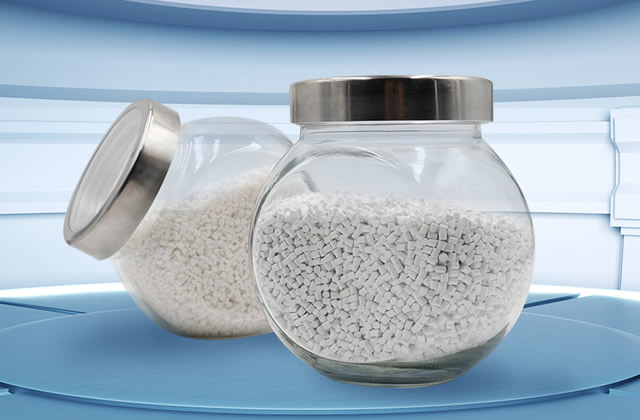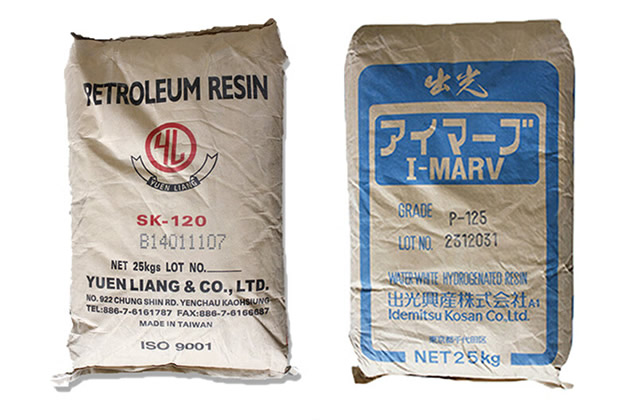1. The function and use of defoaming agents
Defoaming agents are widely used in industrial production processes. Its main function is to eliminate Foam produced in industrial production.
1. The functions of defoaming agents
The functions of defoaming agents mainly include foam breaking, foam suppression and defoaming. It is added after the liquid foams, and enters the bubble film through the action of adsorption bubbles and surface tension to make the base thinner, which can quickly destroy the bubbles and lower the liquid level; foam suppression is to adsorb on the bubbles together with the liquid foaming substances, so that the surface tension Decreasing, the bubble film becomes thinner, leading to damage; deaeration is adsorbed on the bubbles in the liquid, and the air in the bubbles is gathered. After the bubbles adsorb each other, the adsorption interface is damaged and a large bubble is formed. The increase in buoyancy speeds up the rise. , promotes deaeration.

2. Purpose of defoaming agent
Defoaming agent breaks and suppresses foam. and defoaming to remove harmful foam produced in industrial production. It is widely used in the production processes of latex removal, textile sizing, food fermentation, biomedicine, coatings, petrochemicals, papermaking, industrial cleaning and other industries; in addition, various Defoaming agents are also used in defoaming and foam suppression in sewage treatment and various industrial water systems.
2. What are the defoaming principles of defoaming agents?
Why defoaming agents can defoaming is a question that many friends are more concerned about. In fact, the defoaming principle of defoaming agents is complex. No defoaming mechanism can cover all defoaming phenomena. Various and complicated defoaming agents can correspond to a variety of defoaming mechanisms. The defoaming principles of foaming agents can be summarized into the following three types:
1. Chemical reaction
The defoaming agent reacts chemically with the foaming agent. Bubble. For example, when the foaming agent is soap, add acid to turn it into stearic acid. You can also add metal ions such as calcium ions and magnesium ions to make it a water-insoluble solid, causing the foam to burst.
2. Reduce membrane strength
Some non-polar defoaming agents such as kerosene, diesel, etc., as well as small molecular alcohol defoaming agents, they The surface tension is lower than that of the foam film, which can push away the original foaming agent on the surface of the bubble liquid film, reducing the strength of the bubble film (the molecular chain of oily substances is short and cannot form a strongsolid adsorption film) to achieve the purpose of defoaming.
3. Causes local tension differences in the bubble film
Some defoaming agents and some solid hydrophobic particles, such as fluorinated surfactants and silicone oil , polyether, colloidal SiO2, etc., can enter the bimolecular membrane of the foam, reducing the local surface tension in the bubble membrane, while the surface tension of the remaining parts remains unchanged. This tension difference causes the parts with stronger tension to pull the higher tension. The weak parts will cause cracks, allowing the gas in the bubble to leak out and defoaming.
If the website content violates your rights, please contact us to delete it。








